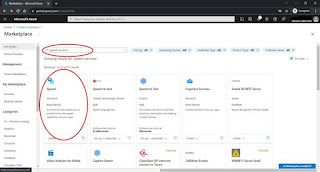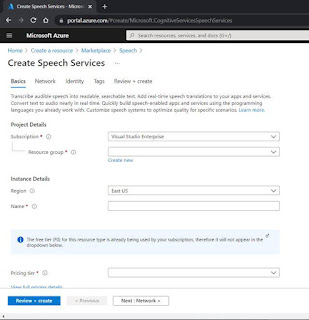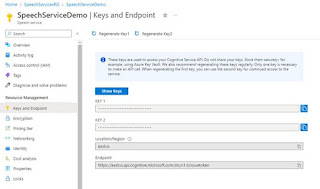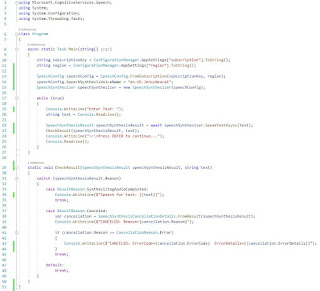While attending a Microsoft Azure Fundamentals Training session today, some interesting questions were posted. Listed below is the Q&A from the forum:
1. How does private cloud differ from on-prem?
A private cloud may be hosted from your onsite datacenter, which would be on-premises. It may also be hosted in a dedicated datacenter offsite, potentially even by a third party that has dedicated that datacenter to your company. You can find more information here: https://learn.microsoft.com/en-us/training/modules/describe-cloud-compute/5-define-cloud-models
2. Which is cheaper, public or hybrid cloud?
This depends on how your organization is structured, the size, and the services you need. You can compare on-premises and cloud costs using the Total Cost of Ownership Calculator here: https://azure.microsoft.com/en-us/pricing/tco/
3. When to use private cloud (on prem) without [public] cloud ?
In some cases, your organization may be legally required to store information in your own data center. There may be other compliance and cost considerations as well. The size of your company and the resources you need may be less expensive in one form or another. You can find more information here: https://learn.microsoft.com/en-us/training/modules/describe-cloud-compute/5-define-cloud-models
4. Does Hybrid cloud incurs both capital and operational expenditure?
Yes, hybrid cloud incurs both capital and operational expenditure.
5. Is there any difference in availability of private and public cloud ?
There may be a difference in availability depending on the circumstances. If you have older technology in your private cloud, you may have more latency. Or, if you have resources on the other side of the globe in the public cloud, you may also have latency. There are many variables.
6. What’s the definition for public cloud?
A public cloud is built, controlled, and maintained by a third-party cloud provider. You can find more information here: https://learn.microsoft.com/en-us/training/modules/describe-cloud-compute/5-define-cloud-models
7. Does "Private Cloud" mean some form on on-prem Azure or AWS, etc.?
Azure and AWS are examples of Public Cloud. This is the opposite of private cloud. with Private cloud, you are owning/operating your own resources. With public cloud, your provider owns and operates the hardware. You can find more information here: https://learn.microsoft.com/en-us/training/modules/describe-cloud-compute/5-define-cloud-models
8. Would you explain the difference between elasticity and scalability?
Scalability means increasing or decreasing services as needed. Elasticity refers to enabling the increase or decrease of automatically: When a resource meets a limit, it will automatically increase as needed.
9. If I create a VM in Cloud, will I be charged even if VM is shut down?
Yes, because your VM is still taking up storage space. You will not be charged for run time if it is not running, though.
10. Does Azure provide private cloud capabilities if customer demands?
Yes, there are some options for organizations to have dedicated hardware. One example is with Azure dedicated host. More information about that is available here: https://learn.microsoft.com/en-us/azure/virtual-machines/dedicated-hosts
11. Please provide definition for CAPEX
CapEx refers to Capital Expenditure and is typically a one-time, up-front expenditure to purchase or secure tangible resources. A new building, repaving the parking lot, building a datacenter, or buying a company vehicle are examples of CapEx. You can find more information here: learn.microsoft.com/en-us/training/modules/describe-cloud-compute/6-describe-consumption-based-model
12. Do Microsoft Azure has a data center in the continent of Antarctica?
Great question. I don't see one in Antarctica. You can find the list here: https://azure.microsoft.com/en-us/explore/global-infrastructure/geographies/#choose-your-region









